Greetings, fellow time-travelers and history enthusiasts! Welcome back to my historical travel blog. I’m Zora Hood, your trusty guide through the annals of time. Today, we’re embarking on a journey to one of the world’s most fascinating historical destinations – Istanbul, the city where East meets West, and the echoes of the Byzantine Empire still resound in the bustling streets and towering monuments.
The Byzantine Empire, a powerhouse of its time, reigned supreme for over a millennium, and its legacy lives on in the heart of modern Istanbul. Once known as Byzantium and later Constantinople, this city was the epicenter of a civilization that left an indelible mark on the world. So, let’s step into the time machine and relive the glories of the Byzantine Empire in the vibrant streets of Istanbul.
Hagia Sophia: A Timeless Marvel
Our journey back in time begins with a visit to the iconic Hagia Sophia, a masterpiece of Byzantine architecture. Commissioned by Emperor Justinian I in the 6th century, this architectural marvel was a church for almost 1,000 years, later transformed into a mosque, and now serves as a museum.
Standing before the Hagia Sophia, one can’t help but marvel at its colossal dome and intricate mosaics. It’s a testament to the Byzantine Empire’s commitment to engineering and artistic excellence. The Hagia Sophia encapsulates the fusion of Christian and Islamic influences over the centuries, making it a microcosm of Istanbul’s historical evolution.
Wandering through its hallowed halls, you’ll find remnants of both the Byzantine and Ottoman eras. The grandeur of the Hagia Sophia takes you on a time-traveling journey, showcasing the evolution of a city that once stood as the capital of two major empires.
The Hippodrome: Chariot Races and Political Drama
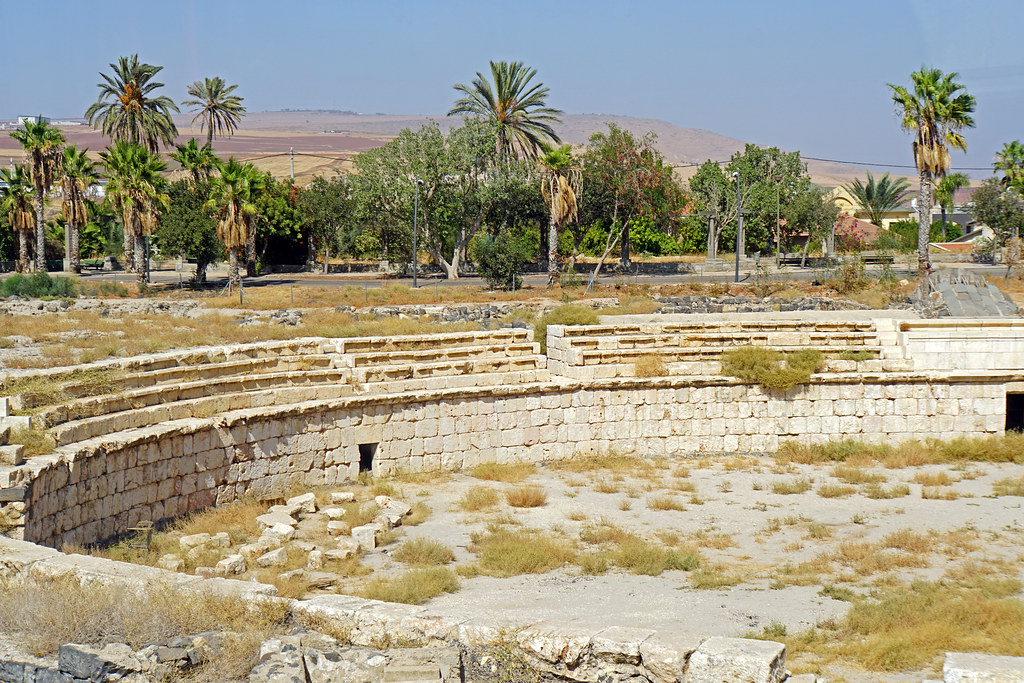
As we stroll from the Hagia Sophia, we come across the remnants of the ancient Hippodrome. While not much remains of the original structure, the Obelisk of Theodosius and the Serpent Column are intriguing remnants of a place that was once the heart of Byzantine social life.
Imagine the thundering of hooves, the cheers of the crowd, and the political intrigue that unfolded in this arena. The chariot races held here were not only thrilling but also a reflection of the city’s social and political dynamics.
Today, the Hippodrome serves as an open-air museum, and as you stand here, you can almost hear the echoes of history. It’s a place where time appears to have stood still, allowing you to soak in the vibrant stories of the Byzantine Empire.
The Chora Church: A Hidden Gem of Byzantine Art
While the Hagia Sophia gets much of the attention, tucked away in the Edirnekapı district is the stunning Chora Church, often overshadowed but a true hidden gem for lovers of Byzantine art and history.
The Chora Church is a treasure trove of exquisite mosaics and frescoes that depict scenes from the life of Christ, the Virgin Mary, and various saints. The level of detail and the vibrancy of these centuries-old artworks are nothing short of astounding. A visit to this church is like stepping into a vividly illustrated history book, bringing the Byzantine era to life.
One of the most striking mosaics in the Chora Church is that of the Anastasis, depicting Christ’s descent into Hades to rescue the souls of the righteous. The colors and craftsmanship are awe-inspiring and make you appreciate the artistic prowess of the Byzantine Empire.
The Walls of Constantinople: Defenders of an Empire
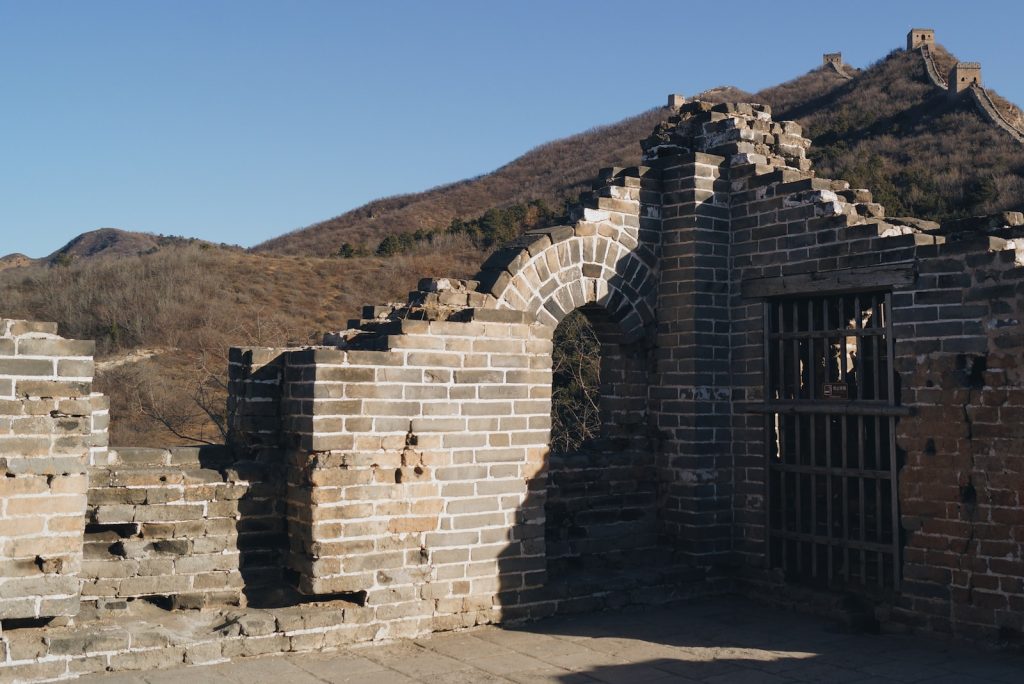
As we continue our journey, we reach the awe-inspiring Walls of Constantinople. These fortifications, originally built by Emperor Constantine, formed a formidable defense system around the city. They were instrumental in protecting the Byzantine capital from invaders for centuries.
Walking along the walls today, you can’t help but admire the engineering marvel that was the Byzantine Empire. These walls not only repelled countless attacks but also served as a symbol of the city’s grandeur. They stand as a silent testament to the strategic prowess of the Byzantine military and the resilience of its people.
The Grand Bazaar: A Marketplace Through the Ages
No historical exploration would be complete without a little shopping, right? So, let’s step into the vibrant Grand Bazaar. This sprawling marketplace has been a commercial hub for over 500 years and stands on the site of the ancient Byzantine Forum Tauri.
While the products on sale have evolved over time, the lively atmosphere remains constant. The Grand Bazaar, with its winding lanes and colorful displays, is a microcosm of Istanbul’s long history as a melting pot of cultures and commerce. You’ll find everything from textiles to spices, jewelry, and even traditional Turkish delights.
As you haggle for a souvenir, remember that you’re engaging in a tradition that dates back to the Byzantine Empire, where trade and commerce flourished in the bustling markets of Constantinople.
Basilica Cistern: An Underground Marvel
Our historical journey wouldn’t be complete without exploring the Basilica Cistern, a subterranean marvel that once supplied water to the city. Built during the reign of Emperor Justinian I, it’s an architectural masterpiece with a touch of mystique.
Walking along its dimly lit corridors, you’ll come across the famous Medusa heads, which were repurposed as column bases. The Basilica Cistern is a living testament to the ingenuity of the Byzantines in managing their water supply and an eerie, enchanting experience that takes you deep into the bowels of history.
Mosaics and Frescoes: A Glimpse into Byzantine Life
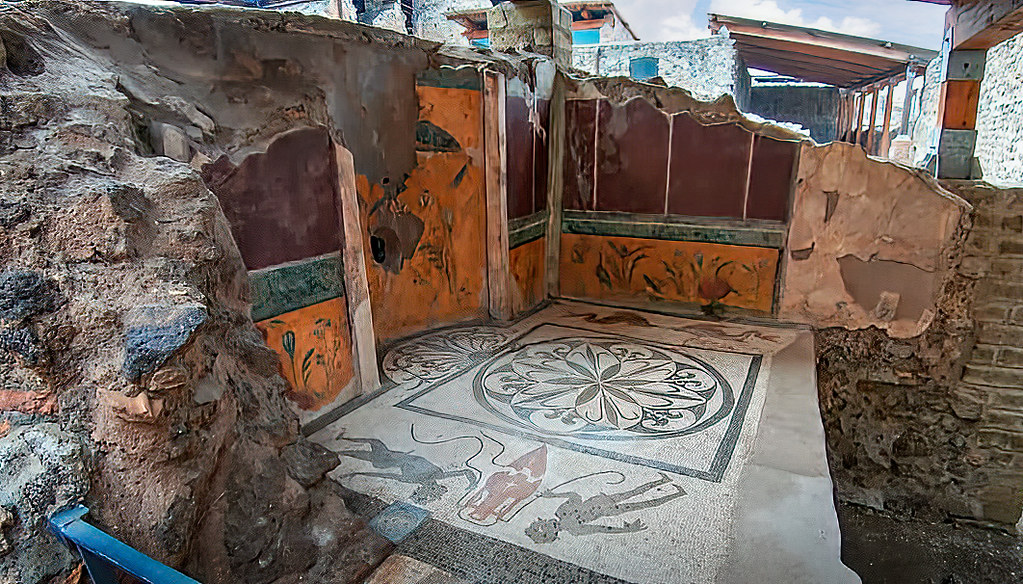
Our journey isn’t complete without a visit to the Fethiye Museum (Pammakaristos Church), which houses some of the finest Byzantine mosaics and frescoes in Istanbul. These stunning artworks provide a glimpse into the daily life, religious beliefs, and artistic sensibilities of the Byzantine people.
One can’t help but be captivated by the intricate details in these centuries-old pieces, from depictions of saints to scenes from the lives of ordinary citizens. It’s as if the Byzantine world comes alive, inviting us to step into their shoes and understand their culture and values.
The Palace of the Porphyrogenitus: A Royal Residence Frozen in Time
Our last stop on this historical tour is the Palace of the Porphyrogenitus, also known as the Tekfur Palace. Located in the heart of the old city, this small palace once served as a residence for the Byzantine emperors and their families.
Although the palace is in ruins today, it still exudes an aura of grandeur. The intricate brickwork and remnants of frescoes hint at the opulence that once characterized the Byzantine imperial residences. As you walk through its rooms, you can almost feel the weight of history bearing down upon you.
Conclusion: A Journey Through Time
Istanbul is a city where the past and present coexist harmoniously. It’s a place where you can walk in the footsteps of Byzantine emperors, explore centuries-old architecture, and immerse yourself in the rich history of a once-mighty empire.
Our journey through the glories of the Byzantine Empire in Istanbul has shown us that history is not confined to the pages of a book; it’s alive in the very stones and streets of the city. The echoes of the past resonate in every corner, making Istanbul a must-visit destination for history enthusiasts.
So, if you’re ever yearning for a taste of the Byzantine era, pack your bags and head to Istanbul. There, you’ll find that the past is not so far away, and the glories of the Byzantine Empire are waiting to be rediscovered. Until next time, fellow history lovers, keep exploring and reliving the wonders of the past!



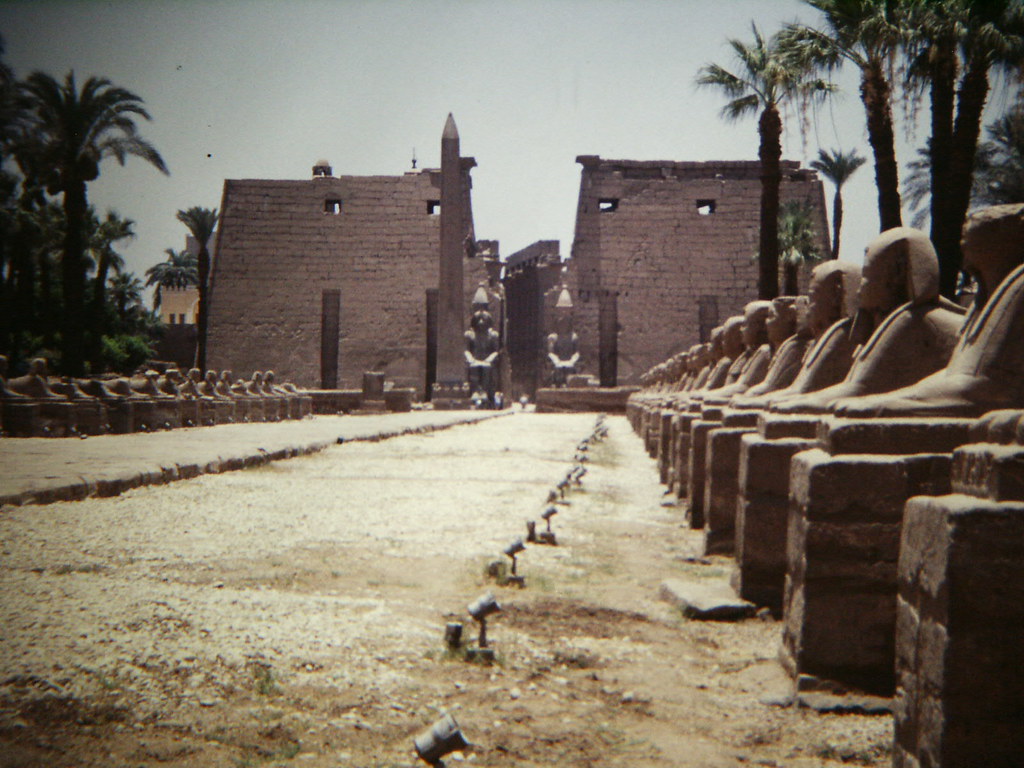
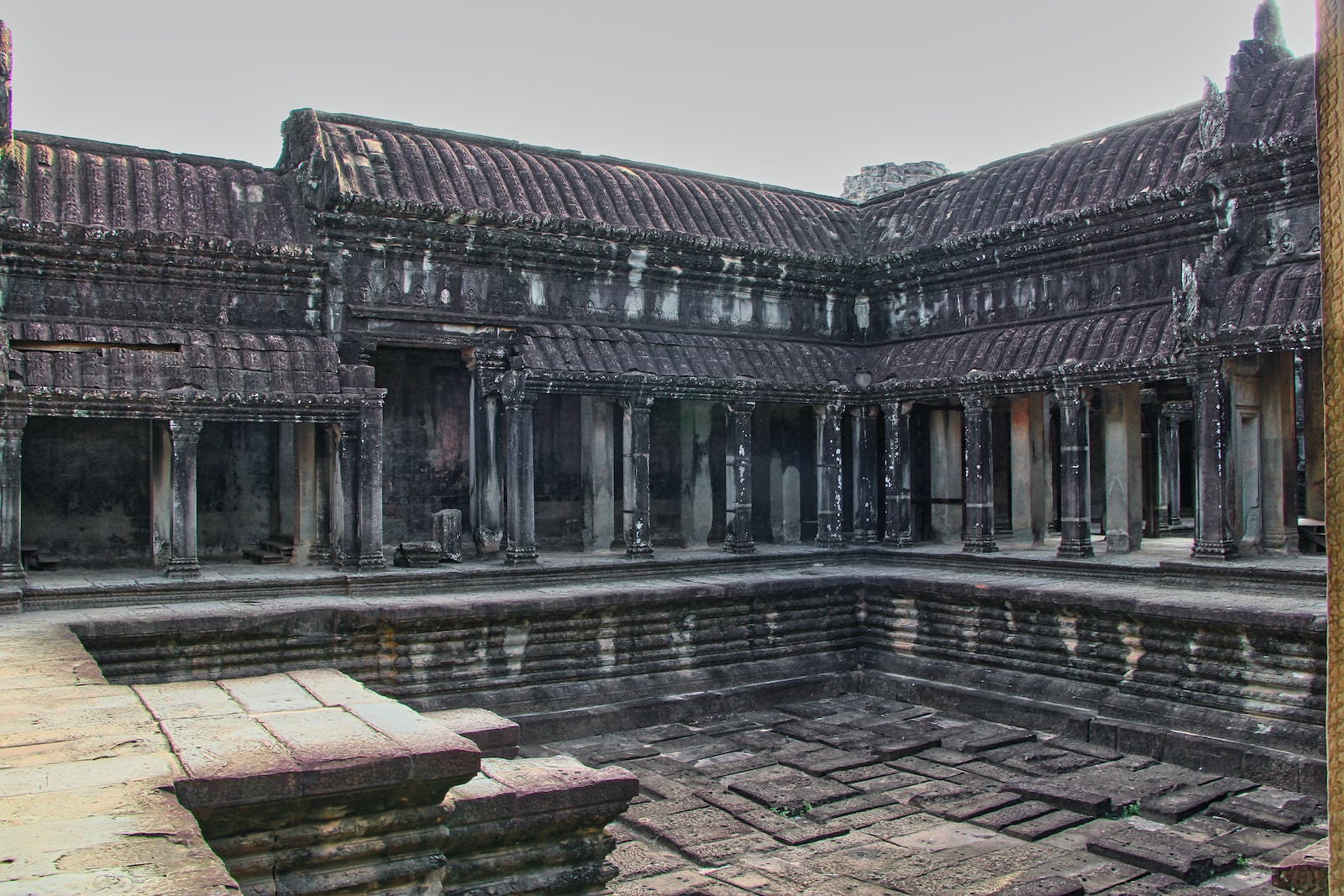









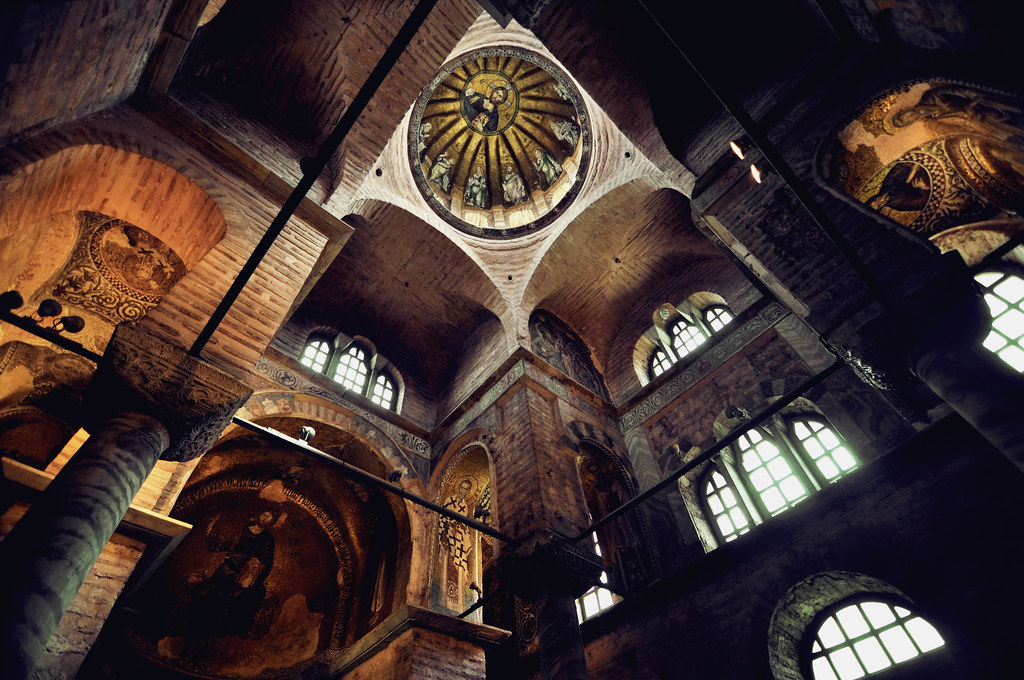


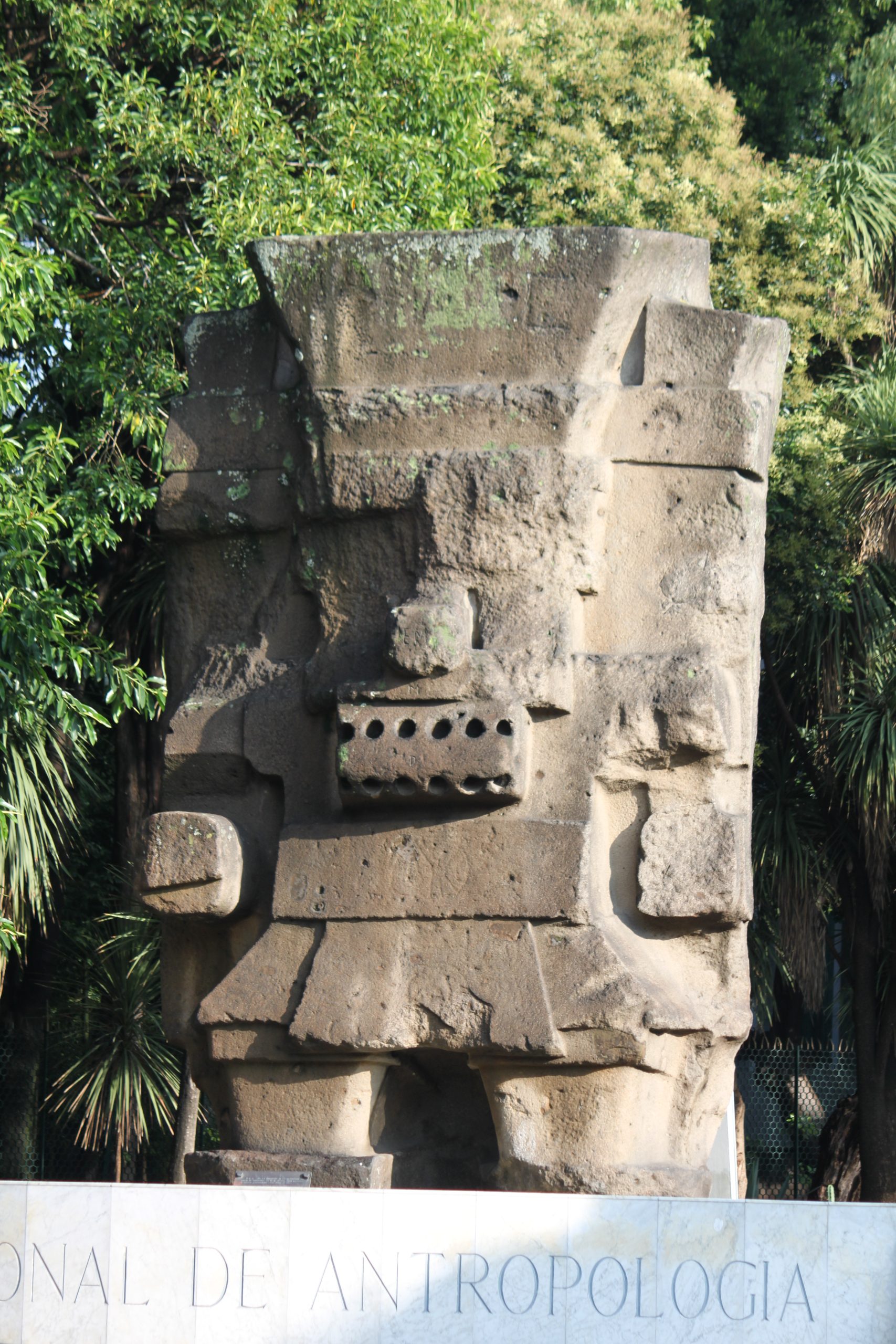

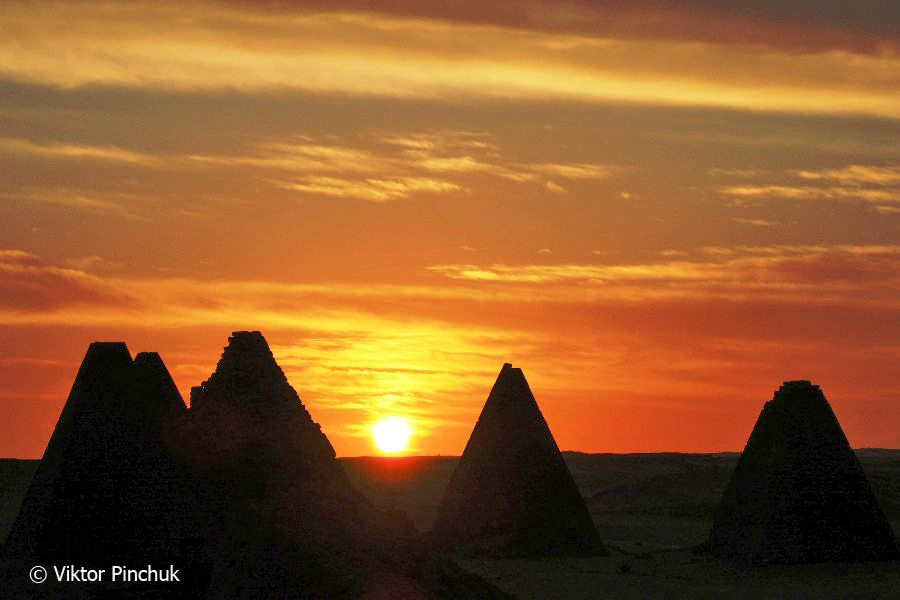

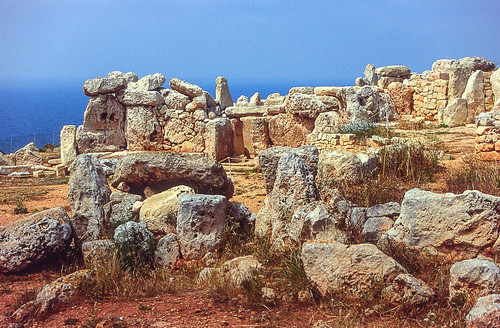
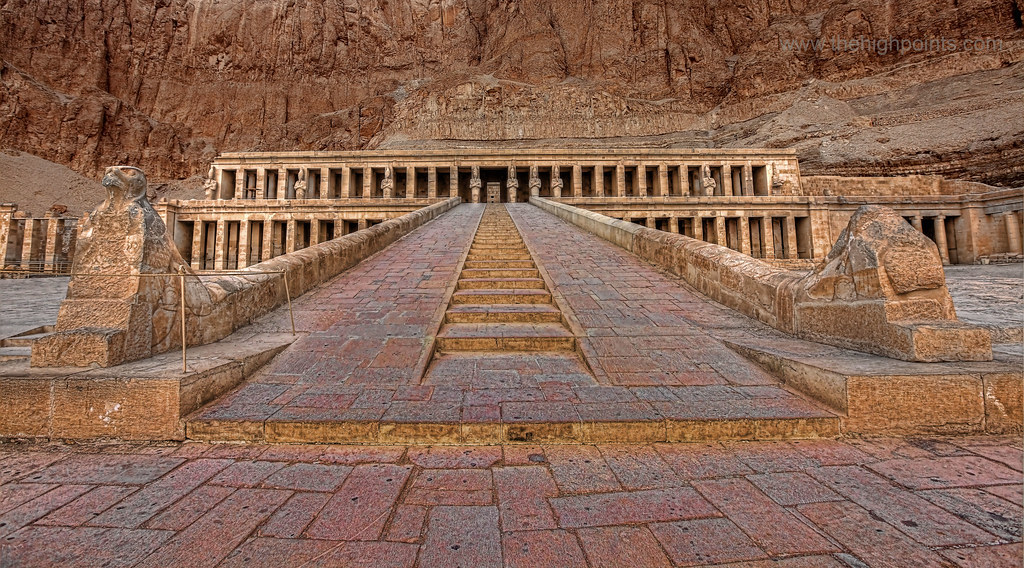

Hello!! My name is Anna
I love to eat, travel, and eat some more! I am married to the man of my dreams and have a beautiful little girl whose smiles can brighten anyone’s day!